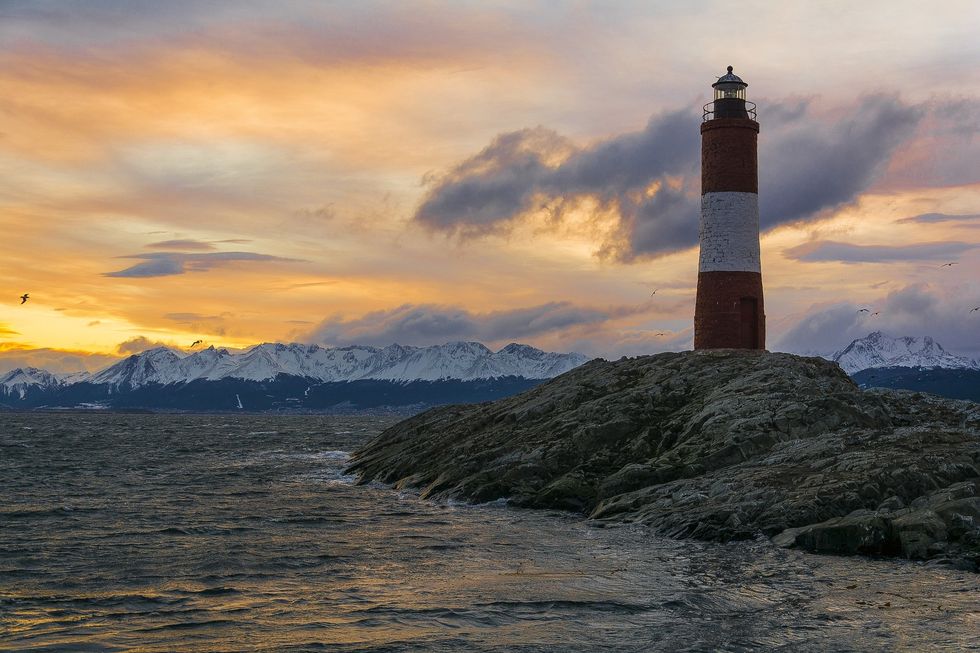The motto for the city of Ushuaia is "The end of the world; the beginning of everything." Considering how it situates in the southernmost part of Argentina and since it is a stopping point for tourists traveling to Antarctica, that statement is definitely relevant to discussing the people indigenous to that area. The name Ushuaia comes from their language meaning "deep bay," and its airport is the site of their etiological myth of two girls turning into what would become ducks.
The Yaghan people live in an area called Patagonia, which consists of the southern parts of Argentina and Chile, including Tierra del Fuego. They slept in huts made from sea lion skin, thrived from berries and shellfish, and hunted on canoe through canals. They were among the people that Charles Darwin came across during his expedition around the world to study natural selection within the biosphere, who considered them savages for most of his professional life and brought three of the Yaghans with him back to England. The Yaghans were decimated by European diseases brought by British missionaries.
As of 2002, there were approximately 1,000 Yaghans left.
Christina Calderon is the last full-blooded Yaghan and the last speaker of the Yaghan language, who is still alive at the age of 91. Because of her identity, she is the subject of fascination by the Chilean National Council of Culture and the Arts, who have awarded her the title of "living treasure." Her family is interested in reclaiming the Yaghan language in their own household, especially her daughter and her granddaughter Cristina Zarraga, or Ikamanakipa.
With Zarraga's help in writing, she narrated a collection of stories in the Yaghan language titled "Hai Kur Mamashu Chis" which is translated into English as "I Want To Tell You A Story" by Jacqueline Windh. Within these stories, there is a common theme that ties them all together, which is the relationship between the people and the landscape, specifically the animals. They are showcased as being unique to Patagonia, with creatures such as the cormorants, sea lions, seagulls, penguins, llamas, and siskins; as well as a deeper connection considering how they were either once humans or associated with humans.
What is most known about the Yaghan is their unique word which is difficult to translate which is: mamihlapinatapai. A rough translation means "a look shared between two people neither of whom are able to say what they feel." There is a lot that the modern world has to learn from indigenous peoples, whether it has to do with the landscape or unique concepts like the one previously mentioned.
- 20 Of The Most Beautiful Words You Didn't Know Existed ›
- 10 of the Most Beautiful Untranslatable Words ›
- 8 Awesome Words We Don't Have In English ›
- "Grandma" Cristina, Lone Surviving Voice Of Yaghan Language ... ›
- Yaghan Language and the Yaghan Indian Tribe ›
- Native Tribes of Patagonia & Tierra del Fuego in South America ›
- yaghan.com - a new voyage to Antarctica and South Georgia 2016 ... ›
- Travel - Mamihlapinatapai: A lost language's untranslatable ... - BBC ›
- What Does Yaghan Have to Do with Digital Technology? ›
- Life at the Ends of the Earth: The History of the Yaghan People ›
- How to Pronounce Mamihlapinatapai - YouTube ›
- Mamihlapinatapai - Wikipedia ›














